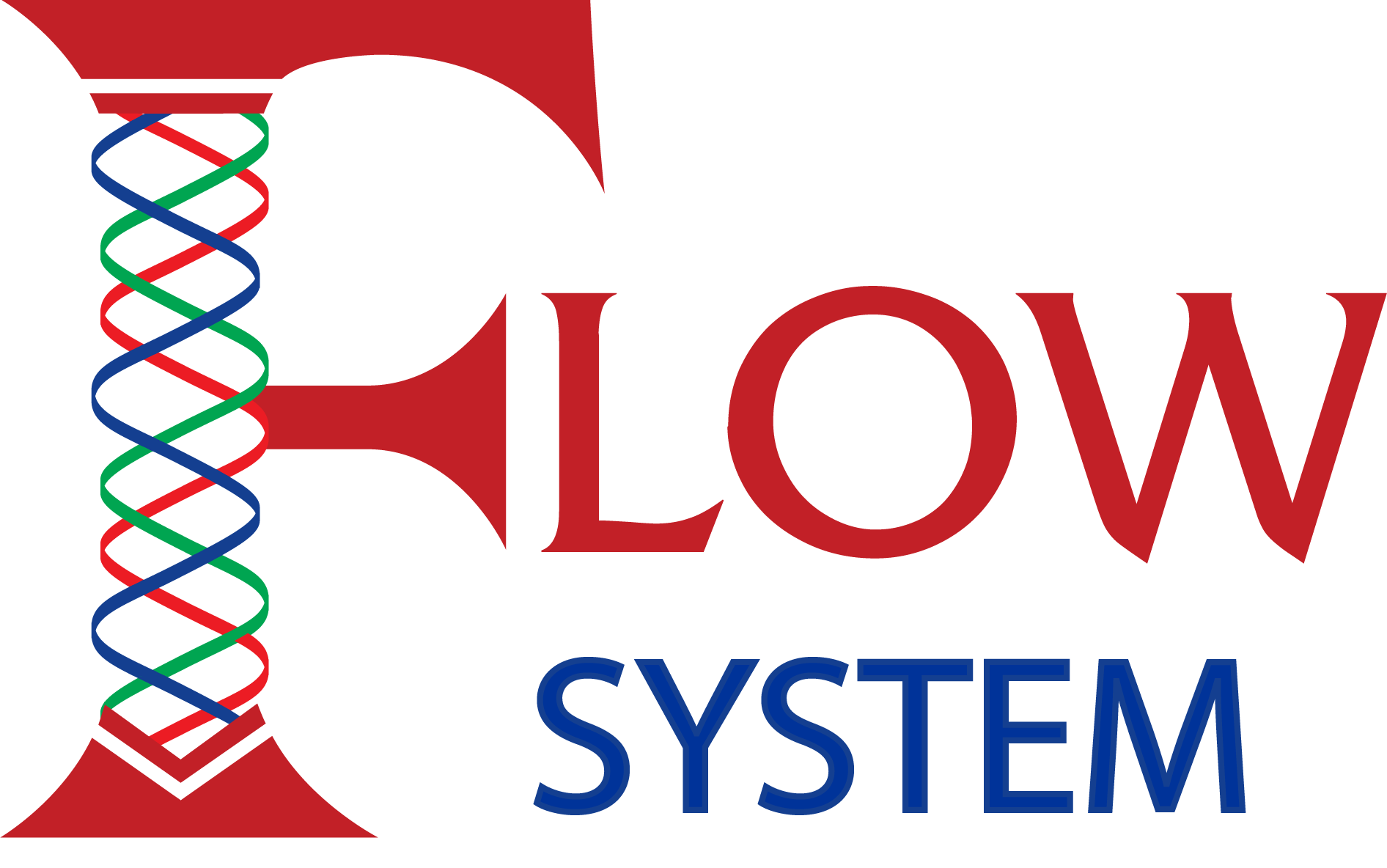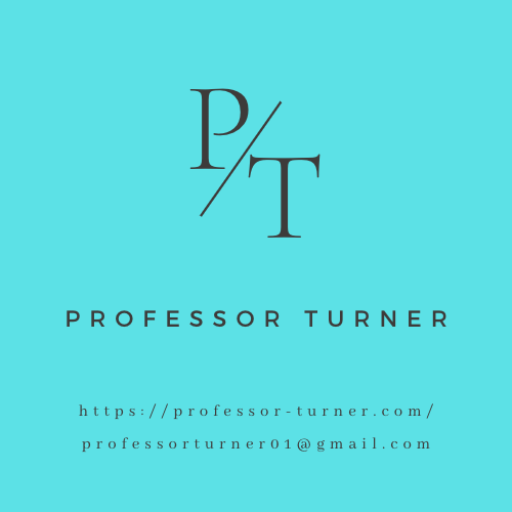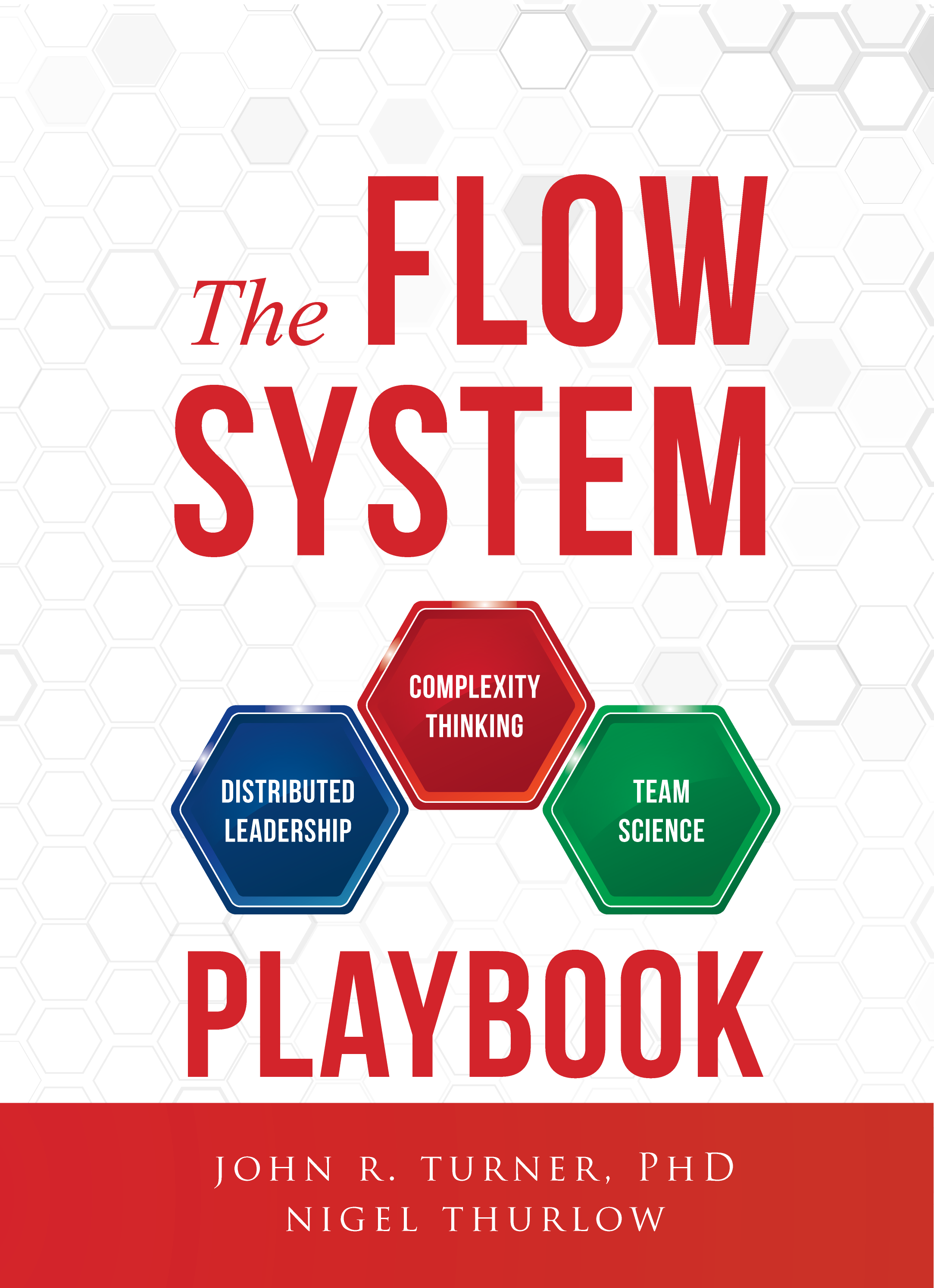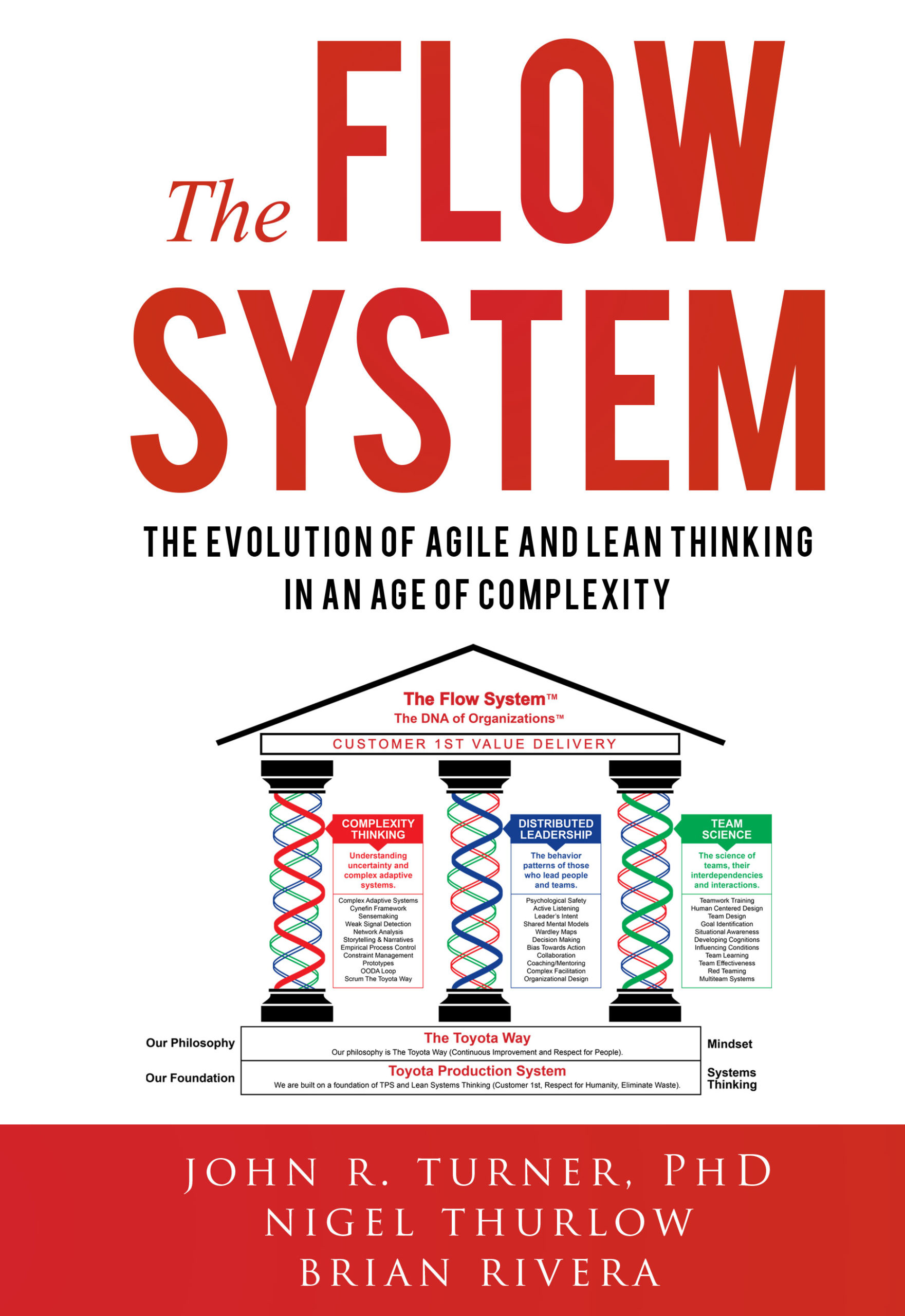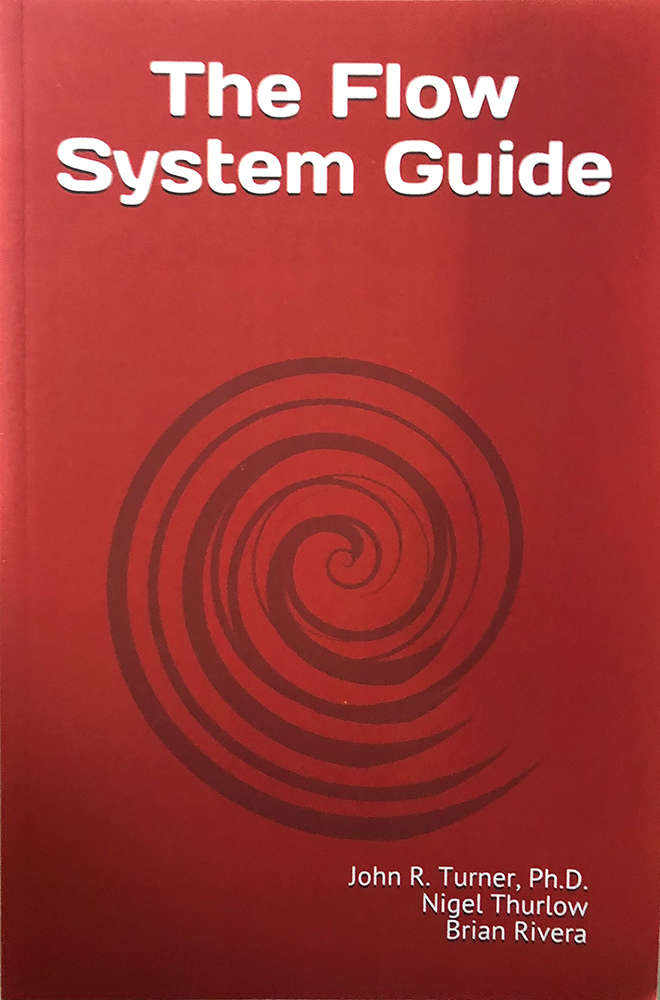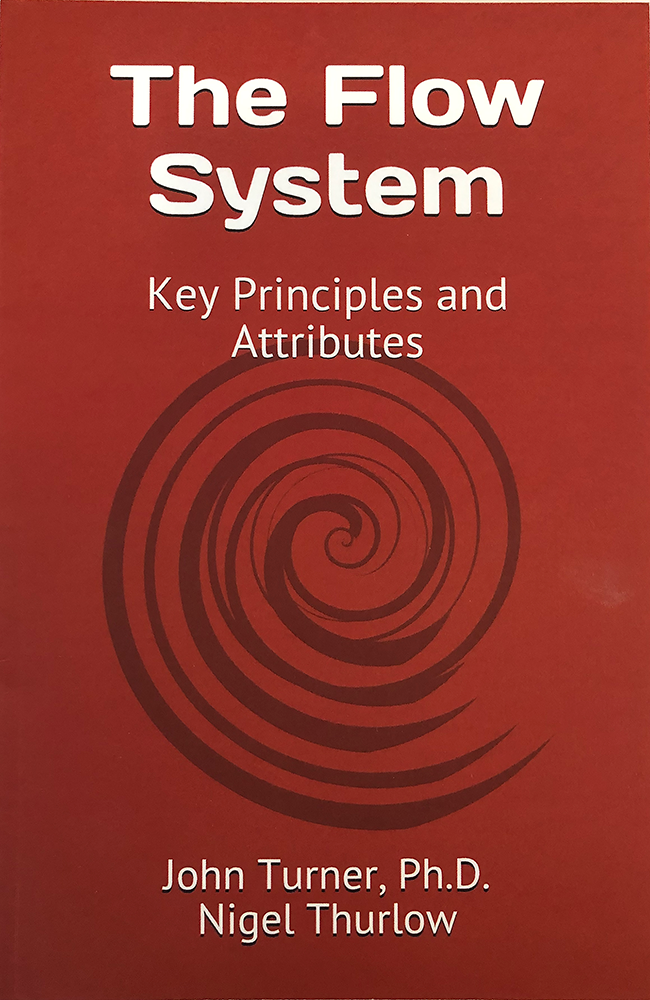About Dr. Turner
John R. Turner, Ph.D. is an Associate Professor at Texas A&M (beginning August 2024) for the School of Education and Human Development in the Department of Educational Administration and Human Resource Development (EAHRD).
He began his career in engineering after receiving a bachelor’s degree from Maine Maritime Academy. His career in engineering spanned over 15 years including four years international experience (China, South Korea, Argentina). After leaving engineering he completed a second bachelor’s degree in Psychology from the University of Arkansas at Little Rock, followed by a master’s degree in Human Resource Development (HRD) from the University of Texas at Tyler. He completed his doctorate from the University of North Texas in Applied Technology & Performance Improvement (ATPI).
Professor Turner served as an Associate Professor for the College of Information, Department of Learning Technologies, at the University of North Texas from 2015 until 2024.
He currently serves as the Editor–in–Chief for Performance Improvement Quarterly(PIQ) journal. His research interests are concentrated in the following areas: complexity, knowledge management, leadership (collective, distributed, relational, shared), performance improvement, sensemaking, team science, team cognition, theory building, multilevel model development and analysis.

Co-creator of The Flow System and the co-author of The Flow System Playbook; The Flow System: The Evolution of Agile and Lean Thinking in an Age of Complexity; The Flow Guide; The Flow System Guide; and The Flow System: Key Principles and Attributes.
He has published a number of book chapters and research articles. Some of the journal articles he has published include: Advances in Developing Human Resources; Human Resource Development Review; European Journal of Training & Development; IGI Global; INTECH Open; Journal of Information and Knowledge Management; Journal of Manufacturing Technology Management; Journal of Knowledge Management; New Horizons in Adult Education & Human Resource Development; Performance Improvement; Performance Improvement Quarterly; Systems (MDPI); and The International Journal of Technology, Knowledge, & Society.
ORC-ID: 0000-0003-0252-1531
ResearcherID: D-1633-2016
Published Books
Professional CV
Curriculum Vitae (CV)
Turner CV
Turner Faculty Introduction
2021-2022
Recent Publications

The Multifaceted Sensemaking Theory: A Systematic Literature Review and Content Analysis on Sensemaking
Abstract:
There are several key sensemaking models and theories that have attracted a lot of attention among researchers and practitioners in the last few decades. The adaptation and application of sensemaking has varied by field of study, organizational type, and industry. This study explored these sensemaking models and theories to better answer the following questions: what is sense-making/sensemaking? How is sensemaking practiced today compared to the original sensemaking frameworks, models, and theories? To answer these questions, the current study conducted a systematic literature review and content analysis of current research involving sensemaking methods, practices, and techniques. As a result, topic modeling and data analytic techniques were used to construct a multifaceted conceptual framework that has been contrasted and compared with previous sensemaking frameworks, models, and theories to show its coverage and coherence. The new multifaceted sensemaking (MSM) theory consists of nine stages with defining characteristics for each stage that were either derived from the data analysis or conceptualized by the researcher based on the literature review. The new theory presented demonstrates how previous sensemaking theories evolved and have influenced both practice and research today. The multifaceted sensemaking theory is influenced by previous sensemaking theories while also representing sensemaking in current practice. The multifaceted sensemaking theory contributes to the sensemaking field of study a new theory with nine stages and defining characteristics.
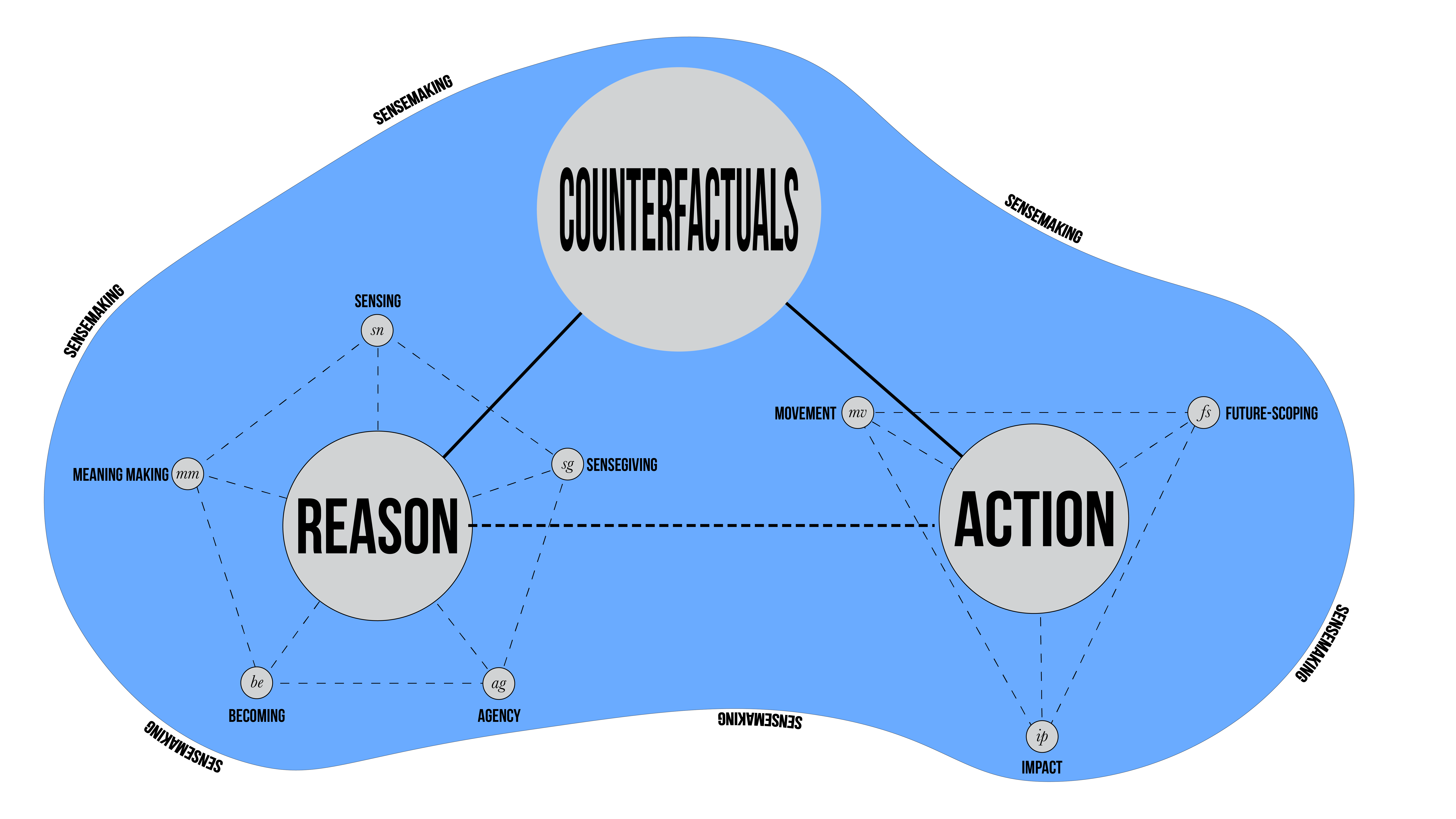
Creativity and Innovative Processes: Assemblages and Lines of Flight
Abstract:
The current research study presented assemblages theory and the theory of affordances to identify the elements that make up the processes of creativity, innovative, and creativity and innovation. Assemblages involve heterogeneous elements that are associated with and interact with external components. Assemblages include elements that can be either independent or as part of an assemblage. The assemblage comprises elements that contribute to the assemblage, but not all elements are active simultaneously. Each element’s activation and intensity level varies based on context, environment, and constraints. This activation level is represented by lines of flight that aid in showing movement across the elements. Affordances identify agent-to-environment relationships that promote action (abilities and effectivities). The current article identified that creativity affords innovation and innovation affords creativity, interconnecting these two processes as a holistic and composite process from the perspective of affordances theory. The current article provides assemblage maps showing the elements related to creativity, innovation, and creativity and innovation. These assemblage maps highlight virtual and dynamic flight lines that represent potentially active components with varying intensity and direction. Mapping these lines of flight along with the elements for a particular construct (e.g., creativity and innovation) provides a tool for managers and practitioners to identify potentialities for future predictions better.
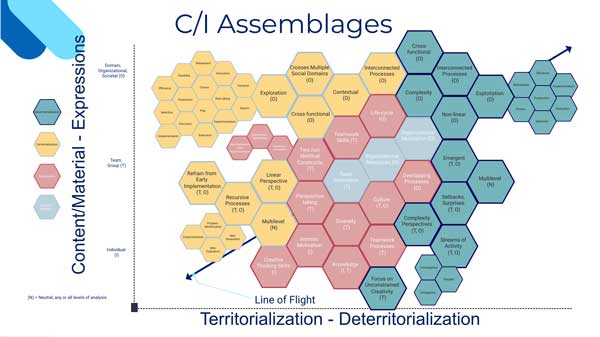
The Substrate-independence Theory: Advancing Constructor Theory to Scaffold Substrate Attributes for the Recursive Interaction between Knowledge and Information
Abstract:
The substrate-independence theory utilizes sensemaking techniques to provide cognitively based scaffolds that guide and structure learning. Scaffolds are cognitive abstractions of constraints that relate to information within a system. The substrate-independence theory concentrates on the flow of information as the underlying property of the host system. The substrate-independence theory views social systems as complex adaptive systems capable of repurposing their structure to combat external threats by utilizing constructors and substrates. Constructor theory is used to identify potential construction tasks, the legitimate input and output states that are possible, to map the desired change in the substrate’s attributes. Construction tasks can be mapped in advance for ordered and known environments. Construction tasks may also be mapped in either real-time or post hoc for unordered and complex environments using current sensemaking techniques. Mapping of the construction tasks in real-time becomes part of the landscape, and scaffolds are implemented to aid in achieving the desired state or move to a more manageable environment (e.g., from complex to complicated).
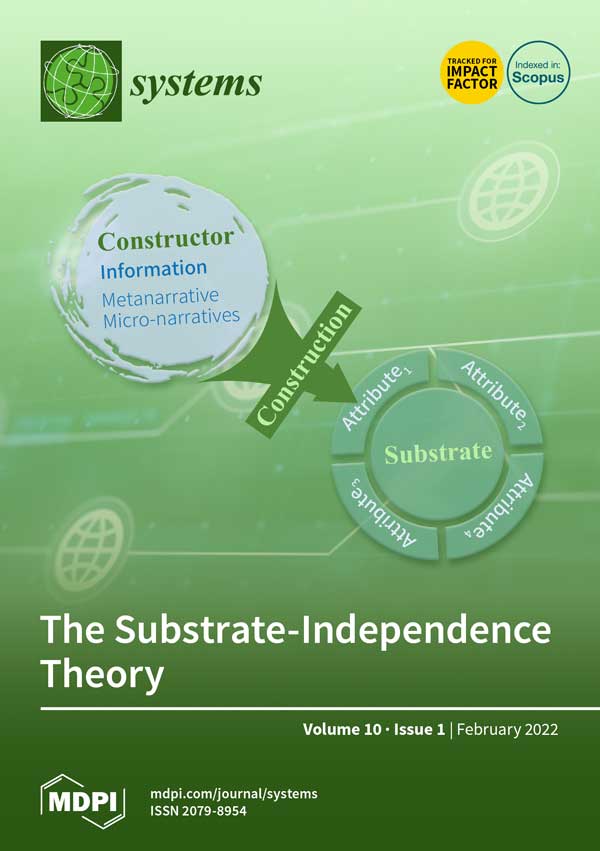
Team Science
Team Science Research page at the University of North Texas, College of Information, Department of Learning Technologies.
lt.unt.edu/team-science
professorturner01@gmail.com
